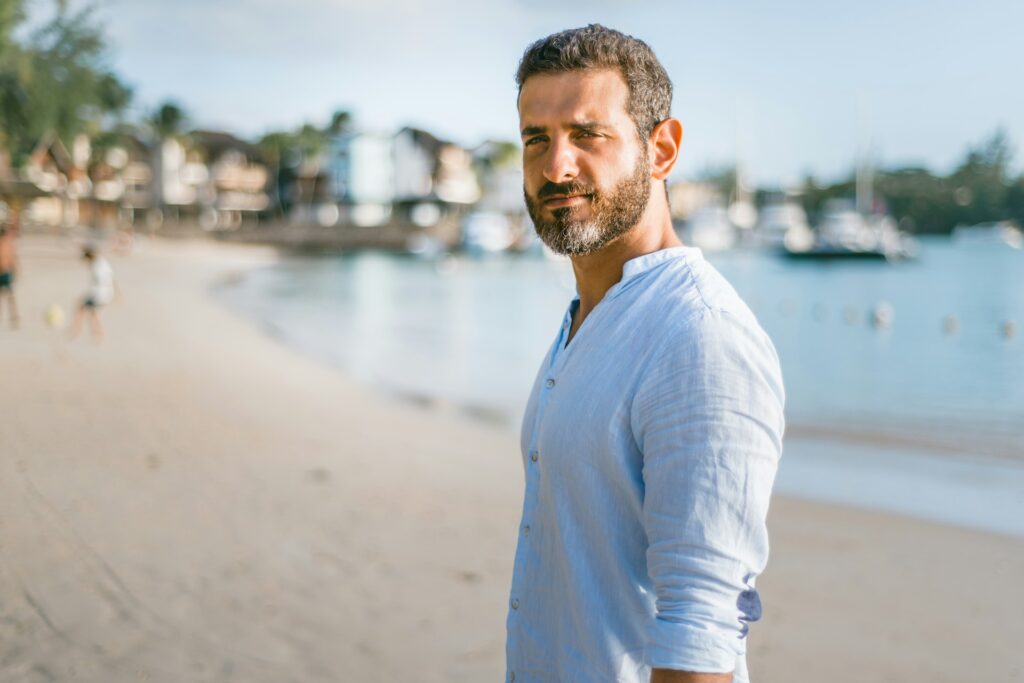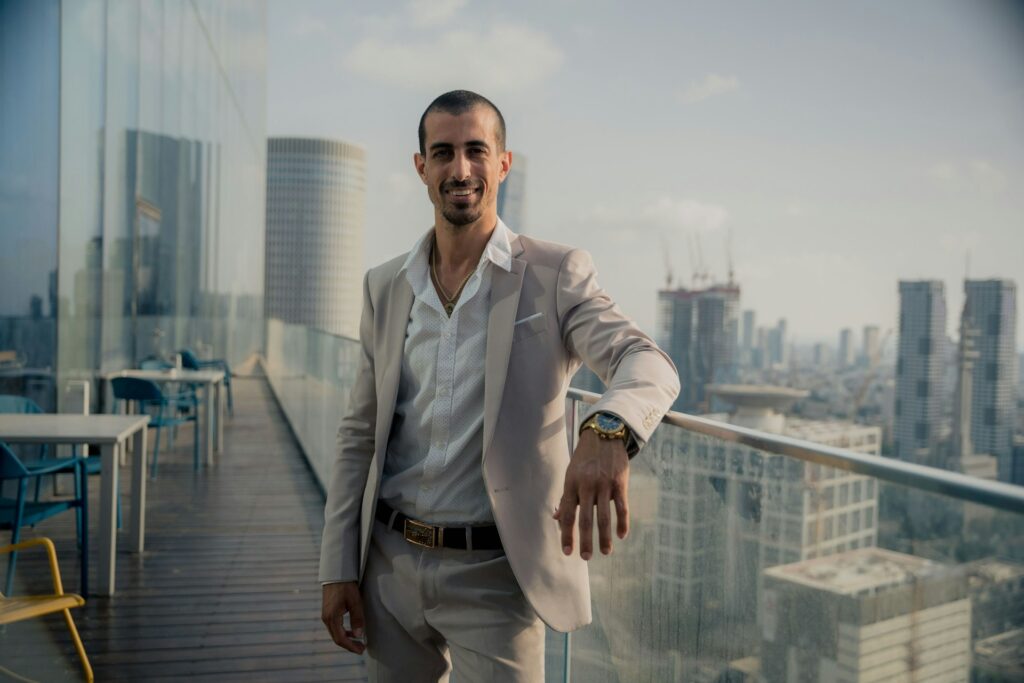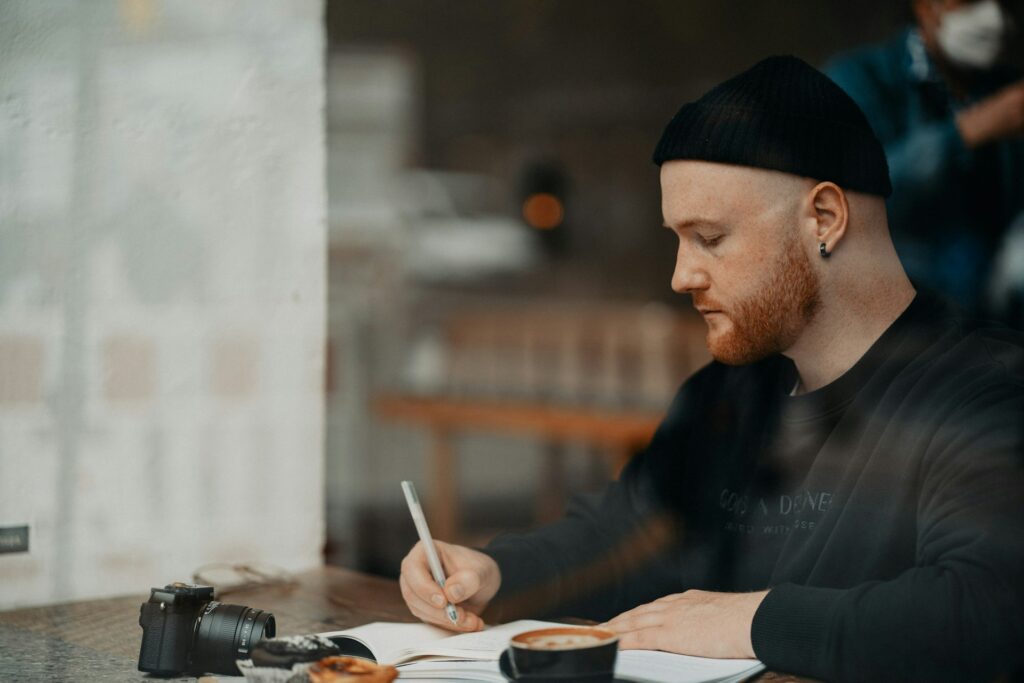When most people think of mindfulness, the image that comes to mind is often someone sitting cross-legged with their eyes closed, deep in meditation.

That’s not true at all—at least not entirely. In reality, mindfulness isn’t just about sitting still, focusing on your breath, or clearing your mind. Sure, meditation can be a part of it, but mindfulness is much more than that; it’s about being present, engaged, and aware of what’s going on around you, no matter what you’re doing. It’s about tuning in to your surroundings and your inner experience, whether you’re working, walking, or simply having a chat with a friend.
Mindfulness doesn’t require a special space or time for practice. You don’t have to wait for the “perfect” moment. In fact, it’s not just for the moments when you’re sitting down for quiet time—it’s for every moment in your day. It’s about being fully aware of what’s happening, even when you’re rushing through your to-do list. In fact, mindfulness can help turn even the most mundane tasks into opportunities to check in with yourself and the present moment.
It’s easy to get lost in the cycle of overthinking or zoning out, especially when life gets busy.

When we’re not mindful, we get stuck on autopilot—moving from task to task, worrying about the future, or replaying past conversations. Mindfulness pulls you out of that autopilot mode and brings you back to the here and now. It encourages you to take a pause, no matter where you are or what you’re doing. The goal isn’t to escape the chaos of life, but to learn how to handle it more effectively by staying grounded in the present moment.
Mindfulness isn’t just a practice that helps you feel more relaxed or centred.

It’s a tool for improving your mental well-being, too. For example, it’s very easy to become overwhelmed by everything going on in your head—whether it’s stress about work, relationships, or your general to-do list. But practising mindfulness helps you stop obsessing over the “what-ifs” and the “could-bes” that flood your thoughts. When you focus on the present, your mind has less room for overthinking and anxiety. It gives you space to breathe, even when life feels a bit much.
One of the most simple and effective ways to bring mindfulness into your life is through mindful walking.

You might be surprised by how powerful this can be. Next time you’re walking somewhere—whether it’s to the shops, around the block, or just across the office—try to focus on the experience. Feel the ground beneath your feet, notice the sounds around you, and take in the sights, even if it’s just a busy street. Walking doesn’t have to be a rushed errand; it can be a practice in itself. It helps bring your focus back to your body and the space around you, pulling you out of your head and into the moment.
Mindfulness can also be applied to eating.

If you’re someone who tends to rush meals or eat while doing something else, you might miss out on the full experience of enjoying food. Mindful eating means slowing down, paying attention to the flavours and textures of your meal, and being aware of how it makes you feel. This makes eating more enjoyable and helps with healthier habits, as you’re more in tune with your body’s hunger signals and satisfaction cues. It’s about appreciating the food you have, rather than just using it as a way to get through the day.
It’s an amazing tool for improving your relationships.

When you’re truly present in a conversation, you listen more deeply, you respond more thoughtfully, and you make the other person feel heard. Instead of thinking about what you’re going to say next or letting your mind wander, you can focus on what the person in front of you is saying. This creates stronger, more genuine connections with other people and also makes you more empathetic. The art of being truly present can be a game-changer in how you interact with the people in your life.
A common misconception about mindfulness is that you have to “clear your mind” or “stop thinking” in order for it to work.

The truth is, it’s not about stopping thoughts—it’s about observing them without getting swept up in them. Mindfulness teaches you to notice your thoughts and feelings, but not to engage with them or let them control you. For example, if you’re feeling anxious, instead of trying to push that feeling away, you acknowledge it. You might say to yourself, “I’m feeling anxious right now,” and then let it be. You don’t have to act on it or let it dictate your mood. By observing your thoughts in a non-judgemental way, you learn to distance yourself from them, which can help reduce stress and anxiety.
The best part about mindfulness is that it doesn’t require hours of your time.

You can be mindful in the smallest moments. It can be as simple as taking a deep breath before responding to a stressful email, noticing the warmth of a cup of tea in your hands, or taking a moment to appreciate the view on your walk to work. Each of these little moments of awareness can add up, creating a stronger foundation for overall well-being.
If you think mindfulness isn’t for you, think again.

It’s not some exclusive, spiritual practice. It’s something that anyone can do, at any time. You don’t need a special space, special skills, or even a lot of time to be mindful. It’s about making an effort to be present, no matter what you’re doing. Whether you’re doing the dishes, waiting in line, or sitting down for a cup of coffee, mindfulness can fit into your day. The more you practise it, the easier it becomes, and the more natural it feels to stay engaged with your surroundings and yourself.
Mindfulness isn’t about escaping life; it’s about learning how to handle it better.

It’s about accepting things as they are, without judgment, and realising that, in every moment, you have the choice to shift your focus. It’s about finding calm and clarity in the midst of chaos, rather than waiting for the chaos to end. You don’t have to sit still for hours or meditate for days to experience the benefits. You just need to be aware of the present moment and bring your full attention to it, whether you’re sitting, standing, or walking. And that’s something anyone can do, anytime.


